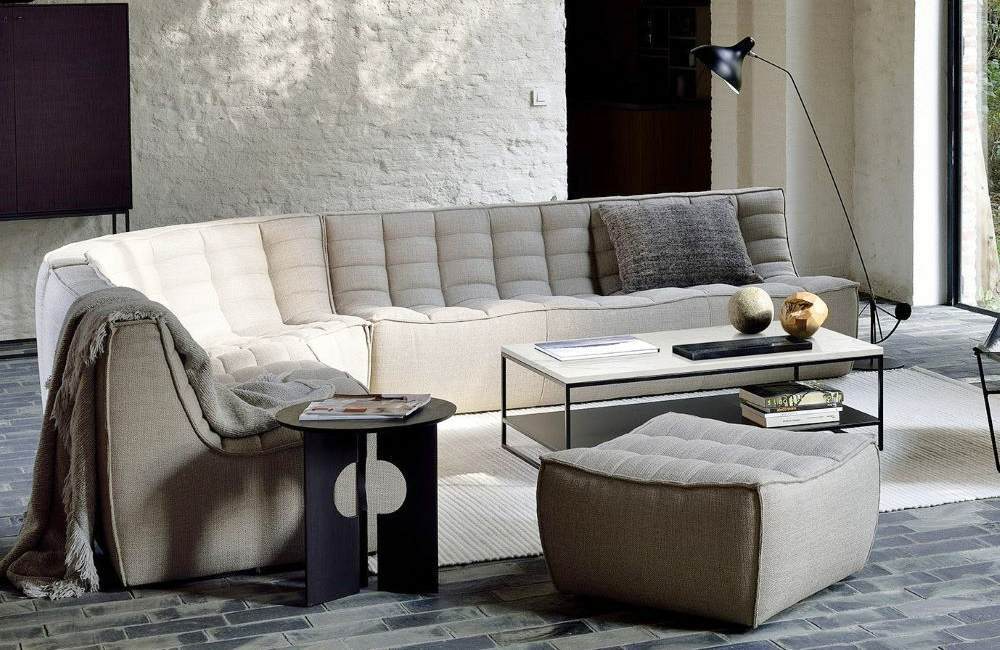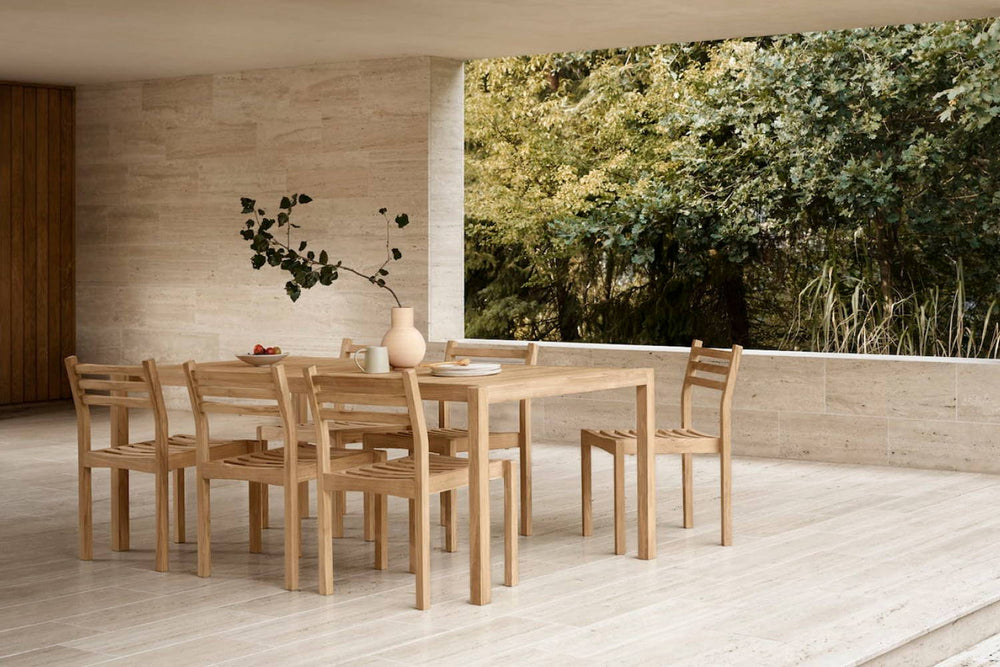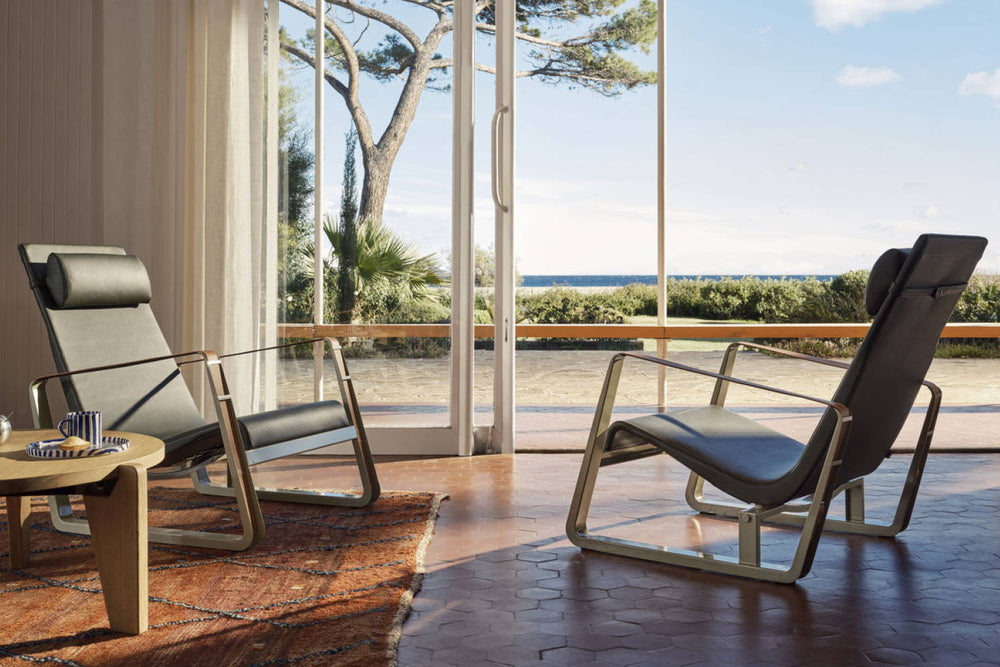In the realm of interior design, Mid-Century Modern and Scandinavian styles emerge as perennial contenders, each boasting its own distinct charm and influence. Mid-Century Modern design, characterized by its clean lines, organic forms, and emphasis on functionality, traces its roots to the post-World War II era, exuding a timeless retro allure. Meanwhile, Scandinavian design embraces a philosophy of simplicity, functionality, and connection to nature, incorporating elements like natural light, cozy textiles, and minimalist aesthetics. As we delve into the intricacies of these two design movements, we uncover the contrasts and convergences that define their enduring legacies in the world of interiors.
Overlap Between Mid-Century Modern & Scandinavian Design
- The overlap between Mid-Century Modern and Scandinavian design is a fascinating convergence of contrasting elements that ultimately create a harmonious balance.
- Scandinavian design places a strong emphasis on natural light, open spaces, and functional furniture, fostering environments that feel airy, welcoming, and conducive to daily living. This approach celebrates simplicity and minimalism, utilizing clean lines and uncluttered spaces to enhance the sense of tranquility and connection to nature.
- In contrast, Mid-Century Modern design embraces bold colors, geometric shapes, and technological innovations, reflecting the optimism and dynamism of the post-World War II era. This style often incorporates vibrant hues, such as mustard yellow or teal, along with geometric patterns and futuristic elements that evoke a sense of energy and forward-thinking design.
- Both styles embrace the use of natural materials such as wood, leather, and textiles, infusing spaces with warmth and organic textures. Additionally, both styles prioritize functionality, with an emphasis on practicality and purpose in furniture design and layout. Within this overlap, we see a blending of these elements resulting in spaces that feel both refined and inviting.
- Moreover, the shared emphasis on simplicity and timeless design ensures that pieces from both styles complement each other seamlessly, allowing for effortless mixing and matching to create eclectic yet cohesive interiors, that are as visually striking as they are comfortable and livable.
Mid-Century Modern & Scandinavian Design Throughout the Home
Incorporating Mid-Century Modern and Scandinavian design elements throughout various spaces in your home can create a cohesive and stylish aesthetic. Here are some ideas for each room:
Bedroom:
- Furniture: Opt for a Scandinavian bed frame with clean lines and rich wood construction. Pair it with Mid-Century Modern bedside tables featuring natural wood finishes and tapered legs
- Textiles: Dress the bed with cozy, neutral-toned bedding, such as white or light gray linens, accented with a pop of color through throw pillows or a textured throw blanket
- Lighting: Choose sleek pendant lights or wall sconces with brass or matte black finishes for a touch of Mid-Century Modern elegance. Incorporate a Scandinavian-inspired floor lamp with a simple silhouette and diffused light for reading
Living Room:
- Furniture: Select a Mid-Century Modern sofa with clean lines and tailored upholstery, complemented by Scandinavian-style accent chairs in light-colored fabrics or leather. Incorporate a coffee table with a minimalist design and natural wood or marble top
- Color Palette: Stick to a neutral color palette with warm undertones, such as beige, cream, or light gray, to create a calming atmosphere. Add pops of color through accent pillows, rugs, or artwork
- Accessories: Display ceramic or glass vases with organic shapes on shelves or side tables. Hang abstract artwork or graphic prints on the walls to add visual interest
Dining Room:
- Table and Chairs: Choose a Mid-Century Modern dining table with clean lines and tapered legs, paired with Scandinavian-inspired dining chairs featuring natural wood frames and upholstered seats in neutral tones
- Lighting: Install a statement pendant light fixture above the dining table, such as a sleek globe or a sculptural design in brass or matte black
- Table Setting: Keep the table setting simple and elegant with minimalist dinnerware in white or muted colors, complemented by natural wood or ceramic serving dishes. Add texture with linen napkins and a centerpiece of fresh flowers or greenery
Office Space:
- Desk and Chair: Opt for a Scandinavian desk in a sleek design with ample storage and a built-in organizer. Pair it with a Mid-Century-style desk chair featuring a molded plywood seat and minimalist metal legs
- Storage: Incorporate modular shelving units or bookcases with clean lines and open compartments to showcase books, decorative objects, and office supplies
- Decor: Add warmth and personality to the space with a vintage-inspired desk lamp in brass or matte black. Hang framed photos or inspirational artwork on the walls to create a productive and inspiring environment
By combining elements of Mid-Century Modern and Scandinavian design in each room of your home, you can create a cohesive and inviting space that balances timeless elegance with modern functionality.
The comparison between Mid-Century Modern and Scandinavian interior design reveals a fascinating interplay of contrasts and harmonies. While Mid-Century Modern design captivates with its sleek lines, retro charm, and functional elegance, Scandinavian design enchants with its cozy minimalism, natural elements, and emphasis on simplicity. Despite their distinct origins and aesthetics, both styles share a common commitment to clean, uncluttered spaces and timeless appeal. Ultimately, whether one's preference leans towards the nostalgic allure of Mid-Century Modern or the serene coziness of Scandinavian design, both offer endless inspiration for creating inviting and stylish interiors that stand the test of time.





